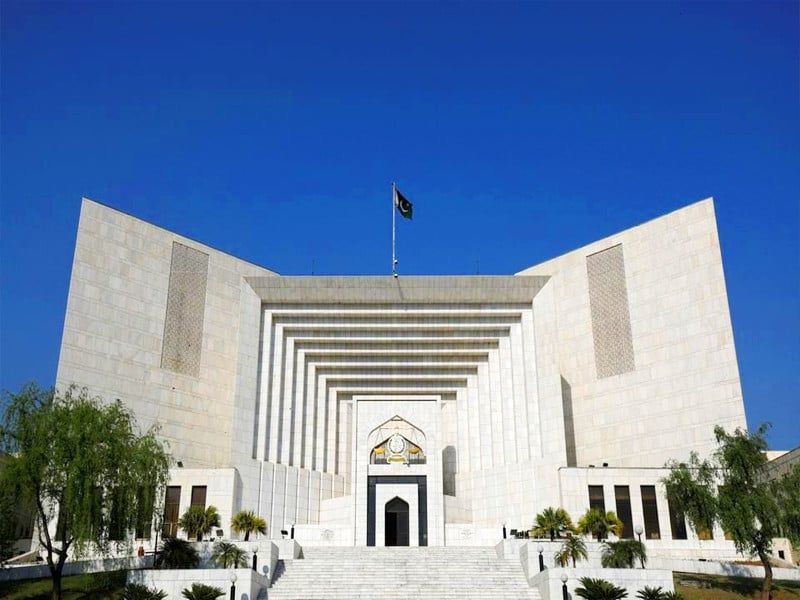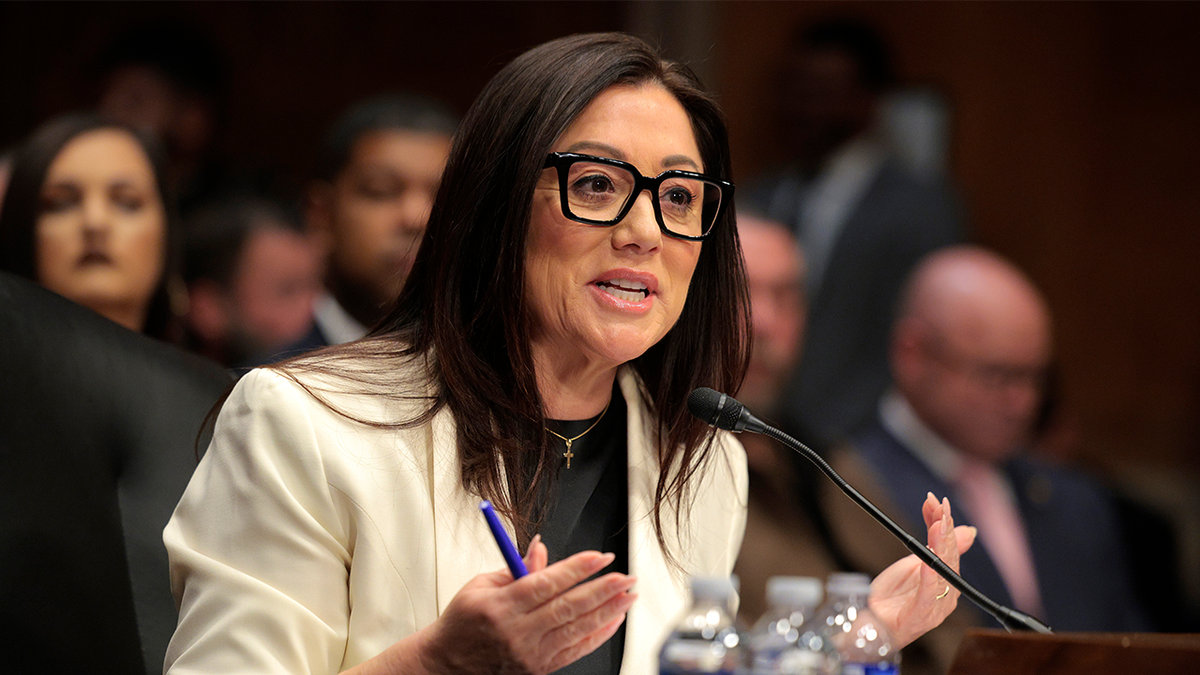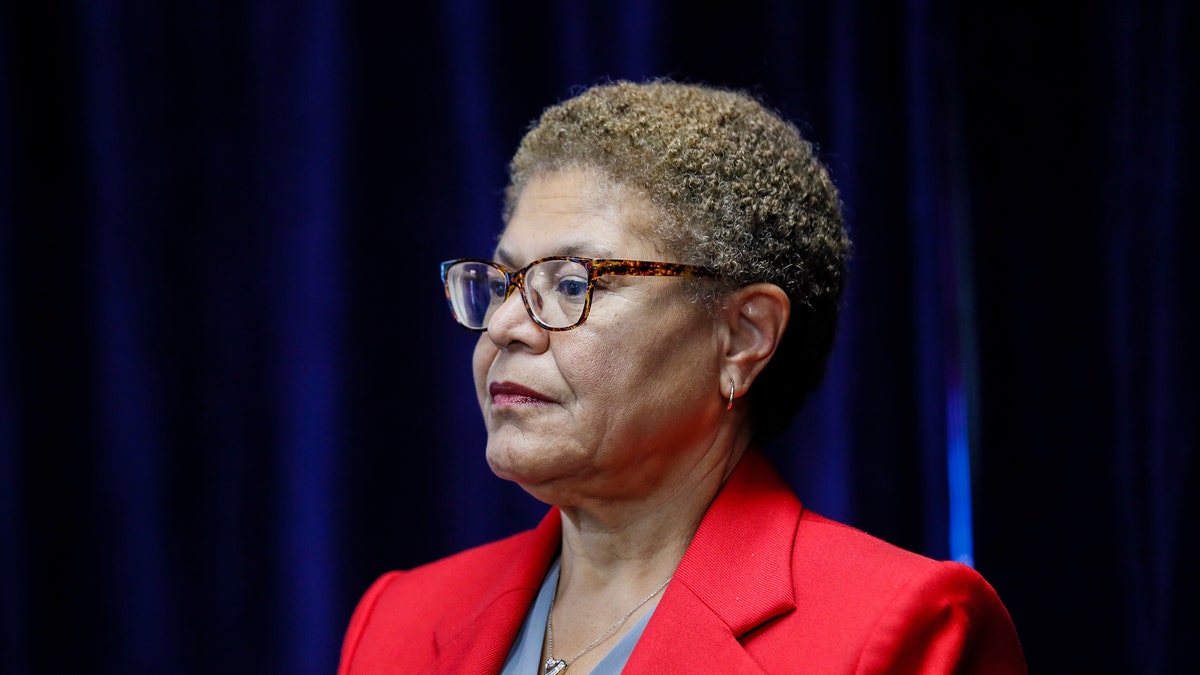Syria’s Sednaya prison, known as the "Death Factory" or "Human Slaughterhouse," stands as a grim testament to the Assad regime's brutality. An estimated 100,000 individuals vanished within its walls, enduring torture, and often, death. Reports indicate at least 10%, possibly up to 20%, of detainees perished within these prisons, a number that continues to climb as families search for missing loved ones.
Joseph Braude, founder of the Center for Peace Communications, an NGO focused on conflict resolution in the Middle East and North Africa, gained rare access to Sednaya. His team is currently gathering evidence and conducting interviews, working at mass grave sites believed to hold the remains of as many as 100,000 people, some of whom perished under torture at Sednaya.

Former political prisoner and Syrian affairs analyst Ahed Al Hendi recounted the pervasive fear surrounding Sednaya. Even mentioning the prison's name carried the risk of imprisonment. Recent accounts from those who entered the liberated prison describe a horrific scene: bags of bones, fresh blood, the lingering stench of death, and gruesome torture devices, including a metal press allegedly used to liquefy bodies.
Mass graves have become the new focus as the search for survivors continues. Al Hendi described how bodies, many bearing gunshot wounds, were transported in refrigerated trucks to areas disguised as restricted military zones. The pervasive smell of death became a grim reality for locals.
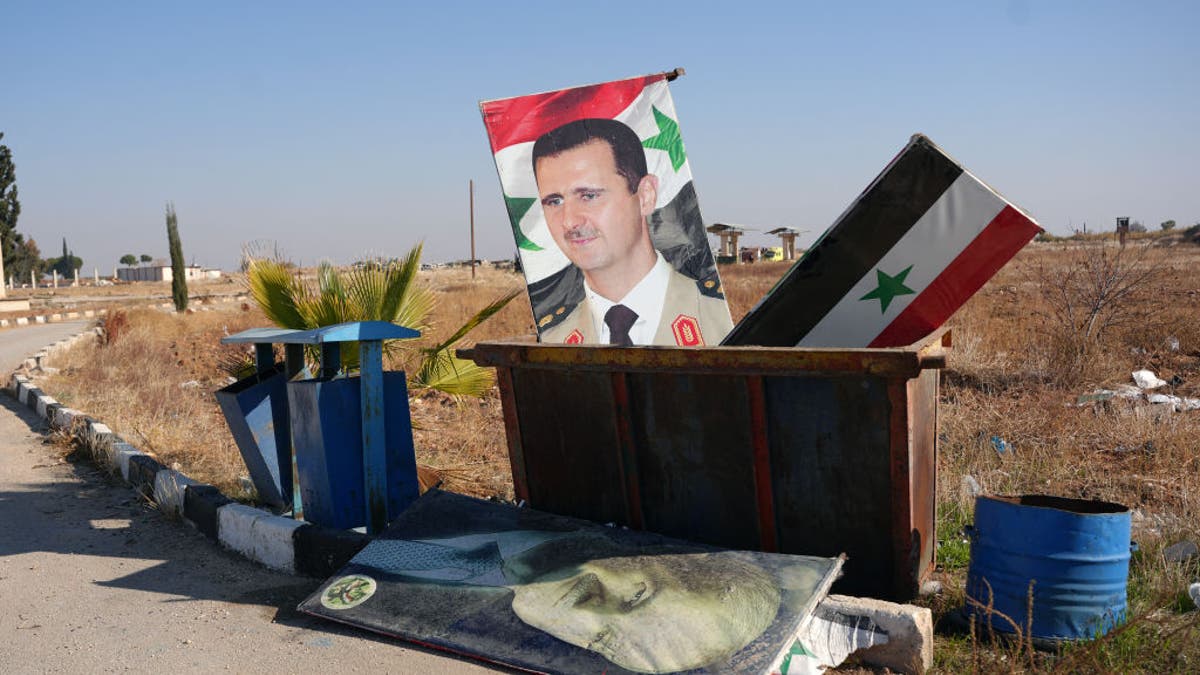
Sednaya’s victims weren't limited to political adversaries. Women and children were held hostage to exert pressure on their male relatives. Al Hendi spoke of children born in the prison as a result of rape by guards, highlighting the devastating impact on families. Prisoners endured starvation, beatings, and electrocution. Al Hendi shared a chilling detail: those slated for execution were denied food for three days prior, a final act of dehumanization.
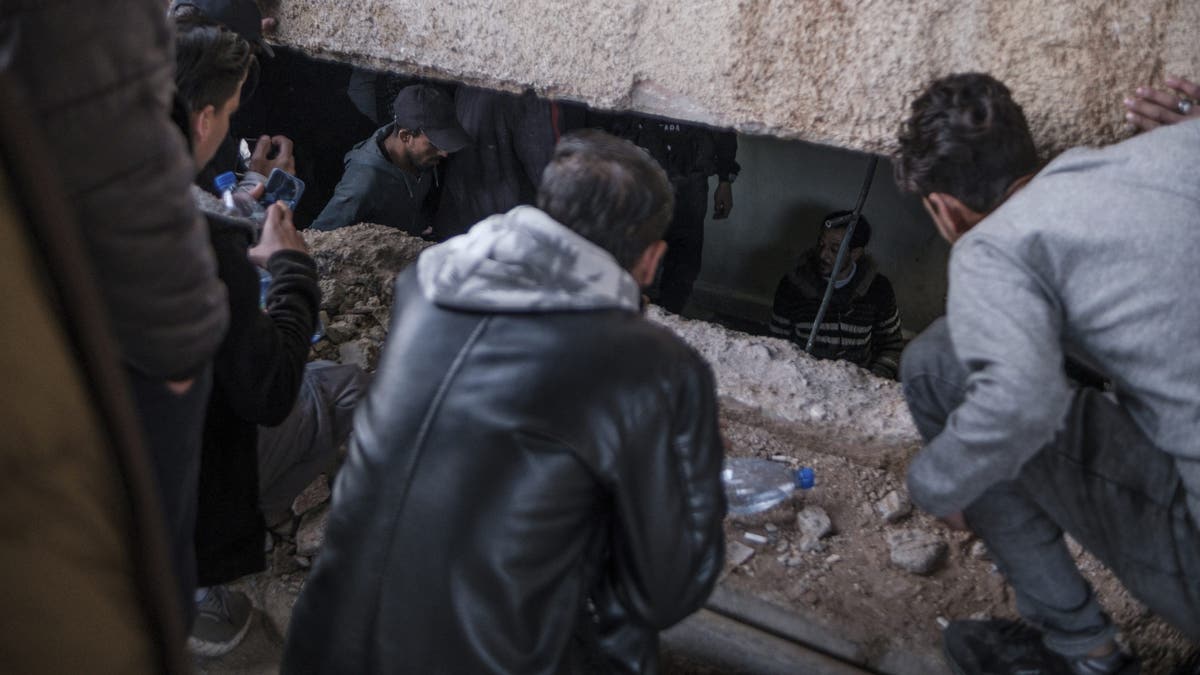
Following the Assad regime's collapse, Sednaya was liberated, revealing the extent of the trauma inflicted upon its prisoners. Many were so disoriented they couldn't recall their own names or were unaware of Assad's father's death, believing the regime remained in power.
Robert Petit, Head of the International, Impartial, and Independent Mechanism for Syria (IIIM), stressed the urgent need to preserve evidence of the regime's atrocities. He emphasized the limited window of opportunity to secure sites and materials crucial for achieving accountability.
The investigations into Sednaya and the mass graves underscore the need for justice and reconciliation. Braude highlighted the risk of cyclical violence if the truth remains unacknowledged. A proposed solution involves Russia surrendering Assad and 100 top officials in exchange for amnesty for lower-level perpetrators. This arrangement, if facilitated by Russia, could potentially pave the way for stability in Syria.
The overwhelming majority of Syria’s prison guards reportedly belonged to the Alawi community, raising complex questions about culpability and the path to reconciliation in a post-Assad Syria.




